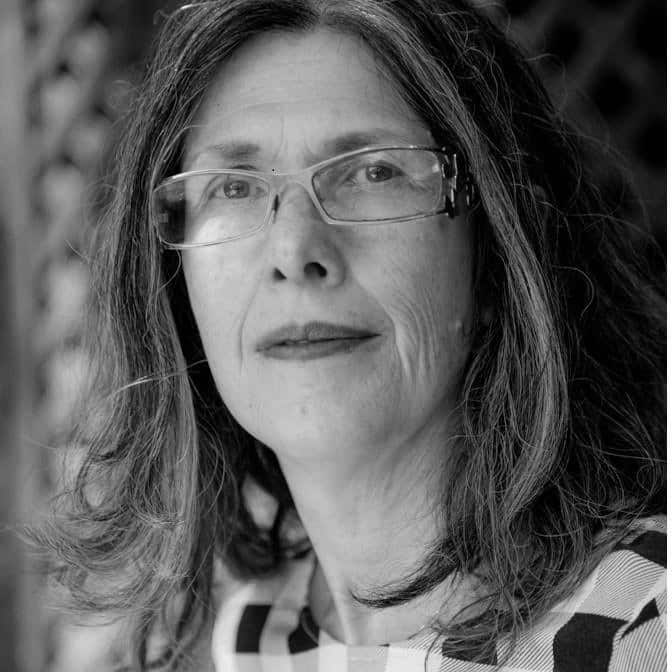L.A. Jews—or anyone who likes good films–please avail yourself of the opportunity to see “>activists, all of whom are former or current Boyle Heights residents.
East L.A. Interchange teaches the possibility of an American dream far removed from suburban homogeneity. It tells of a place and time in which Latinos, Jews, African-Americans, Asian-Americans and self-described “rednecks” found a way to live with one another such that their own cultures thrived even as they evolved into a common American experience. The film does not romanticize Boyle Heights—it acknowledges poverty, violence, health dangers and the knowledge of being looked down upon from outside. But it shows what is possible.The history and social analysis in East L.A. Interchange is conveyed crisply and engagingly. Mostly, people are given space to tell their own stories, which include real problems and also memories of neighborly warmth, fun and effective work at making their home a better place.
East L.A. Interchange illustrates the peculiar, shifting status attached to Jews of European origin within the USA’s racial landscape. During the first half of the 20th Century, light-skinned Jews occupied a middle place between people of color and people whose whiteness was sufficiently established to place them firmly on one side of the color line. Prior to the Civil Rights Act of 1964 (drafted, BTW, at the headquarters of the Reform Movement’s Religious Action Center-RAC), it was perfectly legal to discriminate on the basis of race or religion. Restrictive covenants—contracts which stopped homeowners from re-selling their homes to persons of color or to Jews—were rampant. Boyle Heights was one of the few neighborhoods in the municipality of Los Angeles where people who were rejected elsewhere could form community. Kosher butchers and botanicas sprung up side-by-side. African-Americans and Japanese-Americans made their lives in Boyle Heights. It was unusual to grow up on a street where everyone’s cultural background was the same. This did not result in some grey, melting-pot mush. Instead, a vibrant multi-cultural community emerged.
But everyone’s lives were not the same. During World War II, while the Jews of Boyle Heights had every reason to be grateful to HaShem and the sagacity of their ancestors, Japanese-American residents were dispossessed and put into concentration camps—except for those like “>redlining, named after the color code used by the Federal Housing Authority (FHA) which designated communities “characterized by detrimental influences in a pronounced degree, undesirable population or infiltration of it” as bad lending risks. The result, as East L.A. Interchange documents, was that, for “white” Jews who, unlike people of color did have access to FHA loans, it was actually cheaper to buy a newly constructed home in the San Fernando Valley, where many Jews were relocating, than to buy a home in Boyle Heights. The American Dream of home ownership, supported by federal taxation policies and the emerging television culture, became available to whitening Jews in ways that still “>Breed Street Shul, are faced with the question of how to be good neighbors within current communities.
These questions are pertinent to another shul, “>Highland Park Independent Film Festival on this coming Saturday night, October 10. Also, on the evening of November 14, TBI and “>Good Girl Dinette to Los Angeles Board of Education member
Did you enjoy this article?
You'll love our roundtable.
Editor's Picks



What Ever Happened to the LA Times?

Who Are the Jews On Joe Biden’s Cabinet?


No Labels: The Group Fighting for the Political Center
Latest Articles


ADL: Antisemitic Incidents Increased 140% Last Year

Fun Haggadot for Passover














 More news and opinions than at a Shabbat dinner, right in your inbox.
More news and opinions than at a Shabbat dinner, right in your inbox.